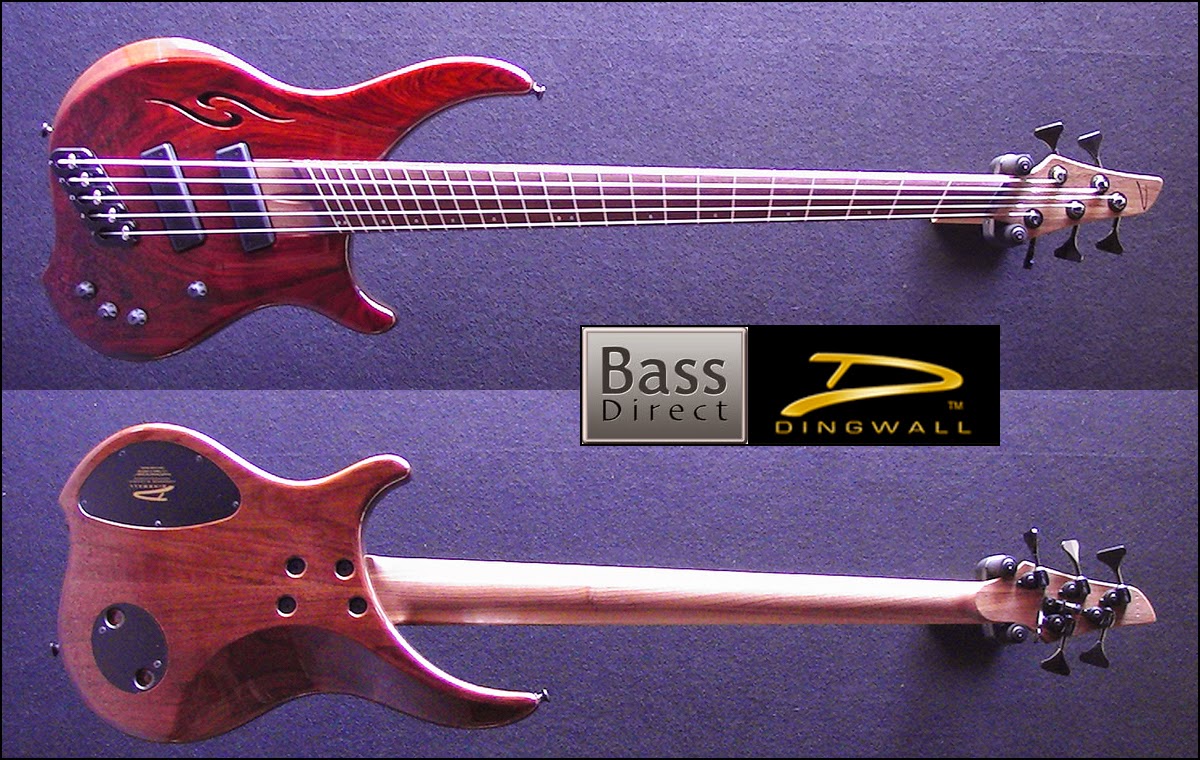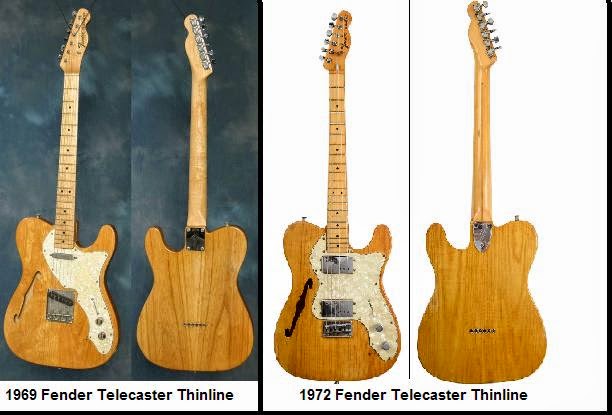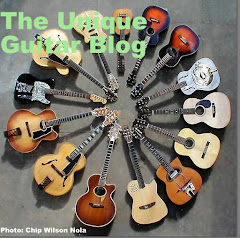| chitarra battente |
On the other side of the world, in Mexico and South America, double course instruments, such as the bandola, tiple, cuatro were very popular.
Before amplification, the idea of doubling strings (called courses) was a method of increasing the volume of an instrument.
| cuatro |
There were a handful of artists in the blues era that embraced the 12 string guitar, such as Blind Willie McTell, Blind Boy Fuller and the Reverend Gary Davis. This carried on to the folk era. Pete Seeger used a 12 string guitar as did Joni Collins, Barry McGuire and others.
The 12 string guitar did not become a part of rock until the Beatles came along.
Not only were the boys from Liverpool prolific songwriters, they were also consummate gear-heads.
John Lennon was known for playing his little Rickenbacker 325.
Harrison seemed to be into Gretsch gear. He played Jet Stars, Tennesseans and finally the double cutaway Country Gentleman. But the real head-turner was his Rickenbacker 360/12C63.
Back in February of 1964, The Beatles came to the USA for three concerts and to make an appearance on the Ed Sullivan show.
Francis Hall, commonly mentioned as F.C. Hall was CEO of a California company known as Rickenbacker Guitars. He had been impressed with the Beatles enormous popularity and wanted his company's instruments to be known as the Beatles guitar.
Several years ago, I participated on the Rickenbacker forum on Liszt, alt.guitar.rickenbacker/, which is now on the RIC web page.) John Hall, the son of Francis Hall, has taken over Rickenbacker and was posting almost daily on the forum.
I asked about Rickenbacker's unique 12 string headstock. Mr. Hall stated there were a couple of reasons the 3-on-a-side up and down design was utilized. It kept the guitar well balanced. Many other 12 strings were top heavy due to the added length of the headstock and weight of the extra tuners.
But mostly it was due to economics. Rickenbacker used the same neck blanks for their 12 string as they did for the six string. The width of each was the same, so they did not have to mill separate necks. Additionally, these guitars fit in the same size cases as the neck length for the six or twelve string was no different.
| Suzy Arden with the first 360/12 prototype |
F.C. Hall was hoping that Harrison would see the display and want that guitar. Unfortunately Harrison was ill during the trip and spent most of the time in his hotel room.
Since the Beatles did not see the display, Hall took a Rickenbacker prototype guitar; a 360/12 model to George Harrison. Hall was able to find the hotel where they were staying. Harrison loved it . So George received the second 360-12 ever made.
When I saw the Byrds with McQuinn playing his Rickenbacker 360/12 on the Ed Sullivan show, I wondered how he got that sound out of what appeared to be a six string guitar (due to Rickenbacker’s unique headstock and tuner arrangement.) Subsequently McQuinn became better known for his 370/12 - 3 pickup model.
The Rickenbacker 360/12C63 became one of Harrison's go-to guitars. It was featured on Beatles songs such as I Should Have Known Better, You Can't Do That and A Hard Days Night. It was also prominently featured in the Beatles Hard Days Night movie. Harrison played it on the Rubber Soul and Revolver albums.
Besides the previous reasons I have sighted for making the Rickenbacker 360/12C63 unique, there are a few more that result in it's unique chiming tone.
 The string courses on all Rickenbacker twelve string models are reversed from the usual order of having the higher octave string as the 12th, 10th, 8th and 6th string.
The string courses on all Rickenbacker twelve string models are reversed from the usual order of having the higher octave string as the 12th, 10th, 8th and 6th string.On a Rickenbacker the lower octave string is the 12th, 10th, 8th and 6th string and the 11th, 9th, 7th and 5th strings are the higher octave with the 4th, 3rd, 2nd and 1st strings being in unison on each instrument.
A Rickenbacker 360/12 uses two Rickenbacker special design pickups, commonly known as toaster-top pickups due to the appearance of the covers looking like a bread toaster. Early on it was a noted anomaly that one Rickenbacker pickup may over-power another when both were switched on, so a blender or mixer control, commonly referred to as the fifth knob, was added to balance the sound. Additionally on Rickenbacker 3 and 6 series guitars a .0047mF capacitor is placed between the bridge pickup and the volume potentiometer.
| Toaster pickups & 5th knob |
An advantage of this design is the neck can join the body at or near the last fret, since the neck is actually part of the body. There is no need for pickup routing, since Rickenbacker pickups are mounted on top of the body.
The original 1964 360/12 models featured a 21 fret neck. The flat tail-piece lasted until 1964 when it was changed to the more familiar "R" tail-piece. The guitar was produced in Fire-glow, which is Rickenbacker's term for red sunburst. In addition to the newer tail-piece, by 1965 binding was added to the sound hole and the body came with a new rounded look without the binding on the perimeter of the body's top. In 1969 the neck was changed to include 24 frets.
| Note Ric-o-sound dual jack |
The Beatles use of the Rickenbacker 360/12 and later models guaranteed the popularity and success of Rickenbacker guitars. At present there is a waiting list to purchase a Rickenbacker guitar, though some major music retailers may have existing stock.
The 360/12's popularity set the stage for other major manufacturers to produce similar instruments.
Gibson created the ES 335-12 and Fender created the Fender XII. Danelectro guitars came out with a budget 12 string called the Bellzouki, which was designed by session player Vinnie Bell.
Though the Rickenbacker 360/12 not only sounds great, but has a beautiful visual appeal, there are a few complaints regarding it's design.
The narrow spacing on the neck is the most common complaint. There are articles on the Internet regarding installation of a new nut to solve this issue, but remember the 360/12 uses a six string neck.
The other complaint is restringing the guitar. This can become an all day chore due to the fact that the strings anchor the tail-piece to the body. This complaint is even expressed by famous Rick 12 string user, Roger McQuinn on his webpage.
 |
| 1967 Rickenbacker 360F-12 |
©UniqueGuitar Publications (text only)











































